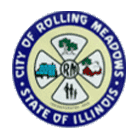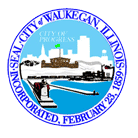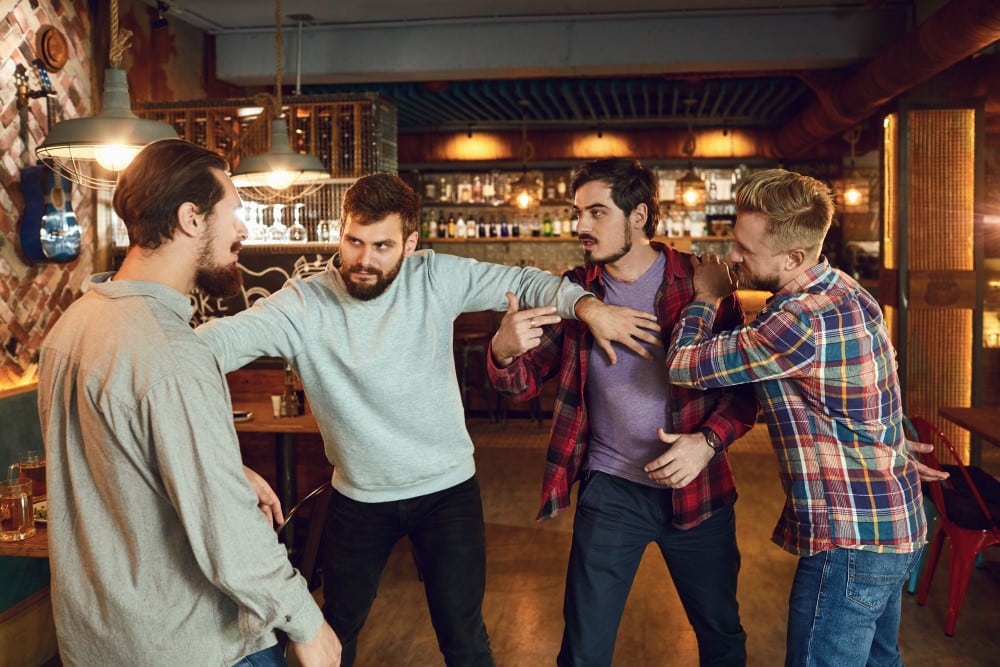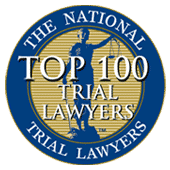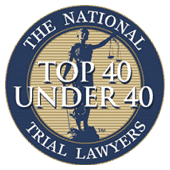- Home
- THE FIRM+
- Criminal Defense+
- CASE RESULTS
- AREAS WE SERVE+
- FAQ’s
- Blog
- Contact
AZHARI LLC BLOG

Posted By: azhari dev
Category:
Surveillance cameras are a common feature in retail environments, serving as deterrents to potential thieves and providers of necessary evidence in theft cases. High-quality security recordings offer invaluable insights that can be pivotal in both prosecuting and defending retail theft cases. It is important to know the role of surveillance footage in retail theft incidents and its impact on legal proceedings, highlighting the importance of a retail theft lawyer in these situations.
Advancements in Surveillance Technology
The evolution of surveillance technology has significantly enhanced the capabilities of security cameras. Modern cameras capture high-definition video, perform well in low-light conditions, and easily cover broad areas.
These advancements ensure clearer identification of individuals and provide a detailed account of events. Such precise footage can corroborate or contradict testimonies from store employees, security personnel, or other witnesses, offering an objective perspective on the incident.
Verifying Events and Identifying Mistaken Identity
One of the primary uses of surveillance footage in retail theft cases is to verify the sequence of events. The footage provides a factual, timestamped record that can either support or refute claims made by the prosecution or defense. For instance, if an individual is accused of stealing, the video can show whether they were near the alleged theft or in another part of the store. This can be critical in establishing an alibi or demonstrating the impossibility of the alleged act.
Surveillance footage also plays a vital role in cases of mistaken identity.
- High-resolution videos can capture distinct facial features, clothing, and other identifying marks, helping to differentiate the accused from the actual perpetrator.
- This is especially important in busy retail environments where multiple individuals might be present, and eyewitness testimonies can be unreliable.
| Aspect | Role of Surveillance Footage |
| Verifying Events | Provides a factual, timestamped record of events. |
| Identifying Mistaken Identity | Captures high-resolution images of individuals’ faces, clothing, and identifying marks to differentiate suspects. |
| Supporting/Refuting Claims | Offers objective evidence to corroborate or contradict witness testimonies. |
Determining Intent
Proving intent is often a key component in retail theft cases. Surveillance footage can provide insights into the accused’s state of mind and actions. For example, the video might show whether the accused attempted to conceal merchandise, suggesting a deliberate act, or if they absentmindedly left the store without paying due to distraction or forgetfulness. This distinction can be crucial in determining the severity of the offense and the appropriate legal response.
Exposing Unlawful Practices
Beyond establishing the accused’s actions, surveillance footage can also highlight unlawful practices by store employees or security personnel. These recordings can document instances of excessive force, unlawful detention, or violations of the accused’s rights. Such evidence can be used to challenge the credibility of the prosecution’s case or to seek redress for the accused.
Legal Considerations for Admissibility
While surveillance footage can be compelling, its use in court is governed by strict legal standards to ensure fairness and reliability. The following considerations are paramount:
- Authenticity and Integrity: The footage must be authenticated, meaning evidence proves it is a true and accurate representation of the events. This includes demonstrating that the footage has not been altered or tampered with.
- Chain of Custody: A clear and documented chain of custody must be established from when the footage is recorded until it is presented in court. Any gaps or lapses in this chain can doubt the footage’s reliability and admissibility.
- Privacy Rights: Surveillance in retail settings must comply with privacy laws. Cameras cannot be placed in areas where individuals have a reasonable expectation of privacy, such as restrooms or changing rooms. Footage obtained from such areas is generally inadmissible in court.
Strategic Use in Defense Cases
A retail theft lawyer can leverage surveillance footage to build a robust defense strategy. By meticulously analyzing the footage, attorneys can identify inconsistencies in the prosecution’s case, validate the defendant’s version of events, and expose any procedural violations by store staff. This can significantly influence the case’s outcome, potentially leading to the dismissal of charges or a more favorable plea agreement.
Consult Azhari LLC
Surveillance footage is a powerful tool in retail theft cases, offering an objective and detailed account of incidents. Its ability to verify events, identify individuals, determine intent, and expose unlawful practices makes it indispensable in legal proceedings. However, its effective use hinges on adhering to legal standards of authenticity, chain of custody, and privacy rights.
For anyone involved in a retail theft case, consulting with an experienced retail theft lawyer is critical to securing a fair trial and just outcome.
Contact Azhari LLC now for seasoned counsel on handling surveillance evidence and securing a fair trial.
FAQs
1. What is the primary use of surveillance footage in retail theft cases?
Surveillance footage is used to verify the sequence of events, providing a factual, timestamped record that can support or refute claims made by the prosecution or defense.
2. How can surveillance footage help in cases of mistaken identity?
High-resolution videos can capture distinct facial features, clothing, and other identifying marks, helping to differentiate the accused from the actual perpetrator.
3. Can surveillance footage prove the intent of the accused in retail theft cases?
Yes, it can show whether the accused attempted to conceal merchandise or if they left the store without paying due to distraction or forgetfulness, helping to determine intent.
4. What role does surveillance footage play in exposing unlawful practices?
It can document instances of excessive force, unlawful detention, or violations of the accused’s rights by store employees or security personnel.
5. What legal standards must be met for surveillance footage to be admissible in court?
The footage must be authenticated, have a clear chain of custody, and comply with privacy laws.
6. What is the importance of a retail theft lawyer in these cases?
A retail theft lawyer can analyze the footage to identify inconsistencies in the prosecution’s case, validate the defendant’s version of events, and expose any procedural violations by store staff.
7. How can surveillance footage influence the outcome of a retail theft case?
By providing objective evidence, it can lead to the dismissal of charges or a more favorable plea agreement for the defendant.
8. What are the privacy considerations regarding surveillance footage in retail settings?
Cameras cannot be placed in areas where individuals have a reasonable expectation of privacy, such as restrooms or changing rooms. Footage obtained from such areas is generally inadmissible in court.
9. How do advancements in surveillance technology enhance security in retail environments?
Modern cameras capture high-definition video, perform well in low-light conditions, and cover broad areas, ensuring clearer identification of individuals and detailed accounts of events.
10. Why is the chain of custody important for the admissibility of surveillance footage?
A documented chain of custody ensures that the footage has not been altered or tampered with, maintaining its reliability and admissibility in court.









































